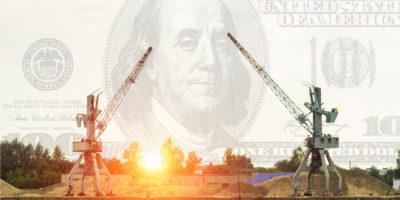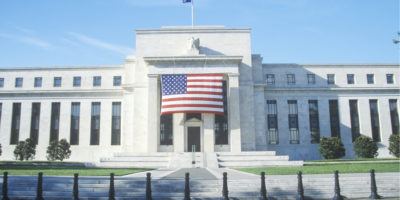Why Are Many Households Unbanked?
Most households in the world are “unbanked,” meaning no person in the household has access to a bank account. Even within the wealthy United States, 9 million households (7 percent) are unbanked. In the developing world, the percentage of unbanked households is much higher.
What obstacles to banking do these households face? A first guess is that banking fees are too high for the unbanked. However, that cannot be the whole story, since many people do not use “free” (zero-price) accounts when given the option.
The fee, or price, is only one part of the cost of using a bank. Many people live far from physical banks, making it costly to use the bank services, even if the bank does not charge a fee. These transaction costs — time, energy spent walking to the bank — can be substantial, especially where banks are uncommon and travel is difficult, as in the developing world. Saving money under a mattress starts to look attractive if you have to walk five miles to make a deposit.
Recent technology has dramatically lowered banking transaction costs. Mobile and online banking, for example, have replaced the need to walk to a physical location. In a 2016 paper, MIT economist Tavneet Suri and Georgetown economist William Jack estimated that a single mobile money technology, M-Pesa, lifted 194,000 Kenyans (roughly 2 percent of the population) out of poverty by making payments quicker and cheaper, allowing even poor Kenyans to use the technology. Programs like M-Pesa have left economists, including some people here at AIER, optimistic about the future impacts of mobile banking.
Not all the results are so auspicious, though. A recent NBER working paper by Suresh De Mel, Craig McIntosh, Ketki Sheth, and Christopher Woodruff reports on a randomized controlled trial (RCT) they conducted in Sri Lanka. The paper raises doubts about how helpful mobile banking is.
Sri Lanka is typical of most low-income countries in that mobile phones are everywhere but electronic financial services like ATMs are limited. Therefore, the RCT subsidized fees and lowered transaction costs by allowing participants to make deposits into regular bank savings accounts through their mobile-phone agent. Customers could buy mobile-phone cards to deposit funds into the bank account. The process is like adding minutes to a mobile phone: buy a scratch card from a mobile phone agent, call a number, and deposit money into a bank account.
For many people, the mobile-phone agent is significantly less costly than a traditional bank in terms of distance and time. For example, 77 percent of the sample lived within 200 meters of a merchant selling scratch cards and 58 percent of the sample added minutes to their phone at least once a week. In contrast, the average time for a traditional bank deposit for the sample was 21 minutes and only 23 percent had made a bank deposit in the previous month at the start of the experiment. The experiment also varied the banking fees from 8 percent to zero. This allowed the researchers to estimate the willingness to pay for banking services.
The first result, in agreement with previous literature, is that the banking fee is not that important. The randomly assigned price did not change people’s behavior. This suggests that price is not a very important obstacle for the unbanked.
Perhaps more surprisingly, the authors found that lowering the transaction costs did not matter either. People simply did not take up the service. The authors document that, “while 80 percent of participants opened the bank account and participated in demonstrations on how to make deposits, only 26 percent made at least one deposit through the mobile service, and only 7 percent made 10 or more deposits.” If mobile banking is going to increase welfare, it is not enough to get people to open an account. You must also get them to use it.
Even among the 26 percent who used the service, the welfare gains were limited since their uptake largely crowded out other forms of banking. As the authors report, the “mobile-linked deposit service caused a 44 percent increase in savings deposits in the partner bank and a 29 percent increase in savings in the formal banking sector more generally. However, there was no increase in total household savings.” These numbers are relative to a control group with a small savings rate. So, overall, the effect is minor.
The two results combined indicate that, for the Sri Lankans in the experiment, banking fees or deposit transaction costs do not seem to be the reason why people are unbanked. The obvious costs are not the important costs.
So what are the obstacles? It’s hard to know for sure. As Michael Munger recently argued, electronic platforms in general greatly reduce the transaction costs and reducing transaction costs can fundamentally change markets. However, knowing that transaction costs limit trade and development is not the same thing as knowing which transaction costs limit trade and development. The results of this paper should give pause to economists attempting to identify the relevant transaction costs.











